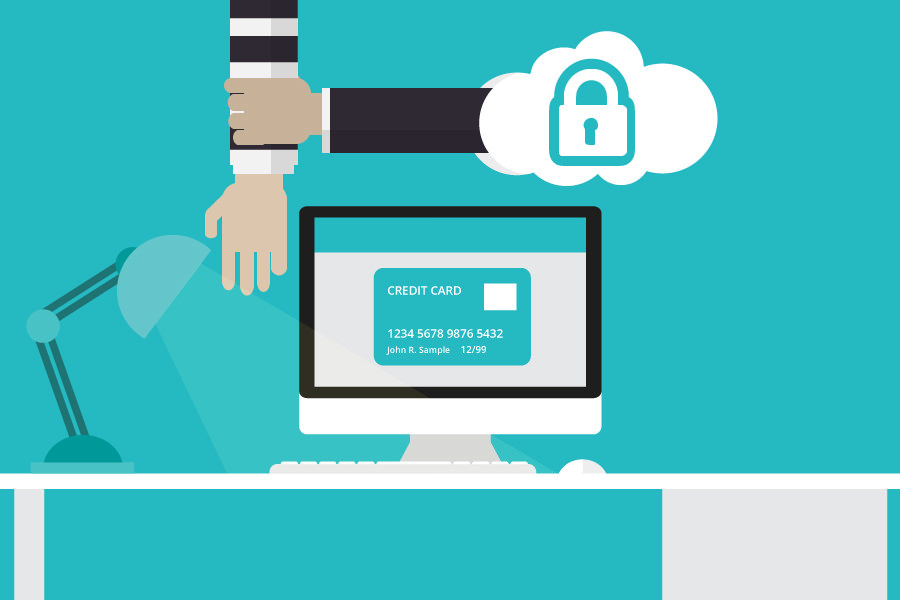 SECURITY
SECURITY
 SECURITY
SECURITY
 SECURITY
SECURITY
As bad as content such as anti-vaccine material on Facebook Inc. or alleged suicide instruction videos on YouTube look, a new report out today details an even more nefarious use of social media: the promotion of cybercrime tools.
The report, “Social Media Platforms and the Cybercrime Economy” from malware protection firm Bromium Inc., explores how cybercriminals are exploiting social media, generating revenue of at least $3.25 billion every year.
Exploring the “clear web” — the parts of the internet that are not the dark web, the shady region often used for buying illegal drugs or stolen data — the report provides clear evidence that social media platforms such as Facebook, YouTube and Twitter Inc. are making it easier to distribute malware and buy hacking services and malware.
“Social media is supporting and enabling cybercrime and being abused by cybercriminals to target organizations and individuals; as well as sell a variety of illicit goods, services and expertise,” the researchers said.
Cybercriminals are said to be using social media to distribute malware “to instantly reach and infect millions of users, globally, with virtually no effort.” Malware distribution can include cryptomining, malvertising, phishing links or other dubious applications.
The research estimates that some 40 percent of malware infections on social media originate from malvertising, while at least 30 percent come from plugins and malicious applications.
The overall numbers are sobering. The research warned that social media is now a “global distribution center for malware,” with a fifth of all organizations infected via these platforms. Cybercrime involving social media grew more than 300 percent between 2015 and 2017 in the U.S., according to the report.
On the sales side, perhaps the lesser-known aspect, cybercriminals are using social media to advertise and sell their wares.
“We found exploits on Facebook, botnet hire on YouTube and hacking services on Instagram,” the researchers reported. “This ready availability means that attacks can come from anyone, anywhere and at any time.”
The sale of information and support services was also plentiful, with tutorials and hacking support found available for sale on both Twitter and Facebook.
In addition to advertising, cybercriminals are using social media to forge connections with other like-minded individuals for activities such as money laundering and fraud.
“Social media companies need to take an active stance against cybercriminals exploiting their platforms,” the report concluded. “Clamping down on criminal activity and protecting users from being exposed to it, while enforcing better data protection practices from users, will also help reduce the likelihood of a breach. Additionally, efforts should be made to remove fake followers, likes and retweets which will often result in users clicking on links.”
Support our mission to keep content open and free by engaging with theCUBE community. Join theCUBE’s Alumni Trust Network, where technology leaders connect, share intelligence and create opportunities.
Founded by tech visionaries John Furrier and Dave Vellante, SiliconANGLE Media has built a dynamic ecosystem of industry-leading digital media brands that reach 15+ million elite tech professionals. Our new proprietary theCUBE AI Video Cloud is breaking ground in audience interaction, leveraging theCUBEai.com neural network to help technology companies make data-driven decisions and stay at the forefront of industry conversations.